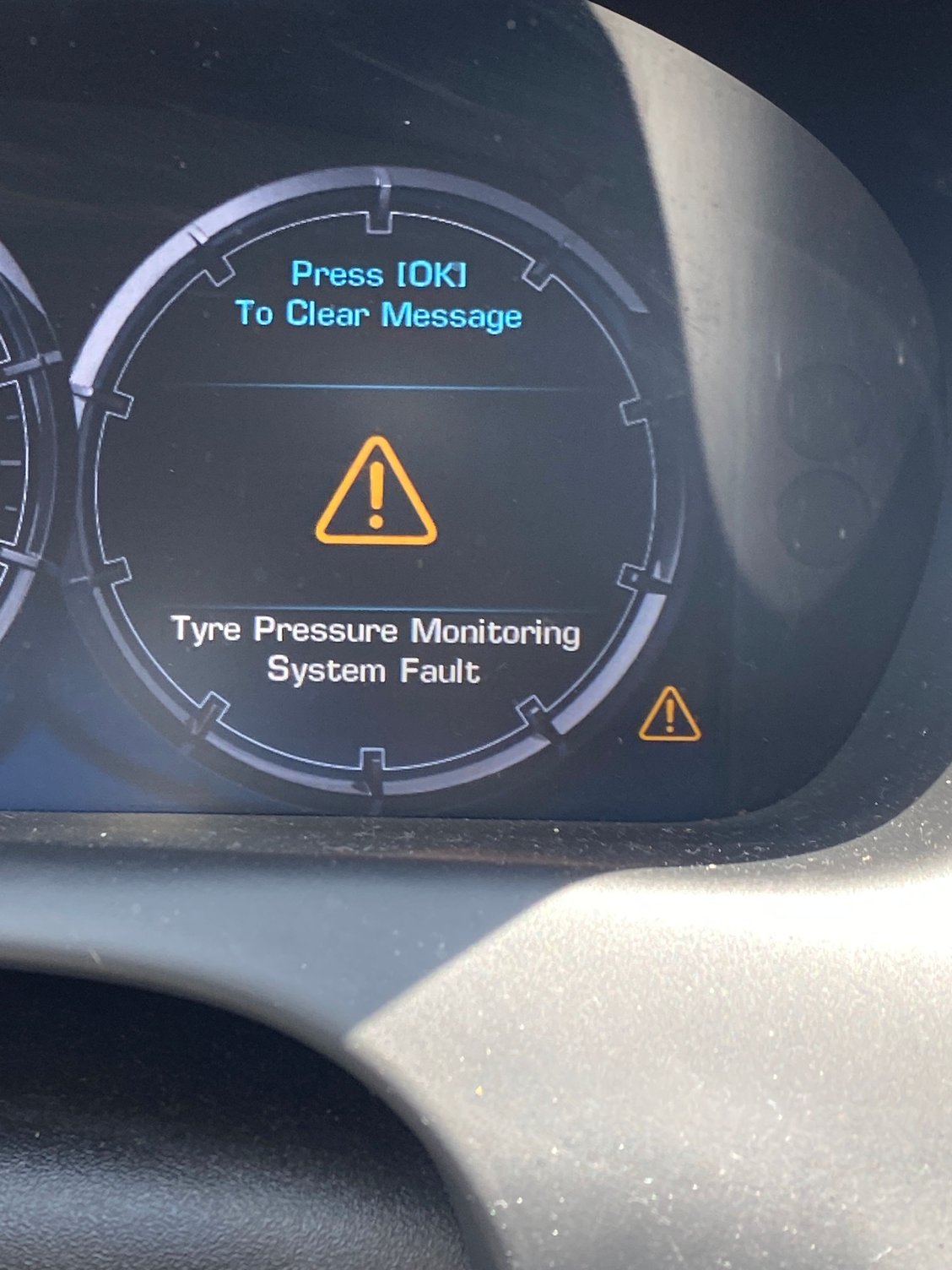Understanding the Importance of Tire Pressure
Tires are a critical component of any vehicle, and maintaining proper tire pressure is essential for safe and efficient driving. When your car’s tire pressure monitor system (TPMS) displays a “fault” message, it’s a signal that something is amiss.
Common Causes of Tire Pressure Monitor Faults
There are several reasons why your TPMS might indicate a fault:
Low Tire Pressure: The most common cause of a TPMS fault is simply low tire pressure. This can occur due to a puncture, slow leak, or underinflation.

Image Source: ytimg.com
Recognizing the Signs of a TPMS Fault
In addition to the fault message on your dashboard, there are other signs that your TPMS might be malfunctioning:
Uneven Tire Wear: Low tire pressure can cause uneven wear, which can compromise your tires’ performance and safety.
How to Check Tire Pressure
To check your tire pressure, you’ll need a tire pressure gauge. Follow these steps:

Image Source: fordfusionforum.com
1. Park on a Level Surface: Ensure your car is parked on a flat surface to get an accurate reading.
2. Check the Owner’s Manual: Consult your car’s owner’s manual for the recommended tire pressure.
3. Cold Tire Pressure: The tire pressure should be checked when the tires are cold, meaning they haven’t been driven on for at least three hours.
4. Use a Tire Pressure Gauge: Remove the valve cap and press the gauge onto the valve stem. Read the pressure and compare it to the recommended value.
Addressing a TPMS Fault
If your TPMS indicates a fault, take the following steps:
1. Check Tire Pressure: First, check the pressure in all your tires to see if any are underinflated.
2. Inspect for Damage: Look for any signs of damage, such as punctures or cuts, on your tires or rims.
3. Reset the TPMS: If the tire pressure is low or there’s no visible damage, try resetting the TPMS system. The procedure for resetting can vary depending on your car’s make and model, so consult your owner’s manual for specific instructions.
4. Seek Professional Help: If you’re unable to resolve the issue yourself, it’s best to have your car inspected by a mechanic. They can diagnose the problem and make the necessary repairs.
Preventing TPMS Faults

Image Source: ibsrv.net
To help prevent TPMS faults, follow these tips:
Regular Tire Pressure Checks: Check your tire pressure at least once a month, or more frequently if you drive long distances or in extreme weather conditions.
By understanding the causes and symptoms of TPMS faults and taking proactive steps to prevent them, you can help ensure the safety and performance of your vehicle.
what does tire pressure monitor fault mean
